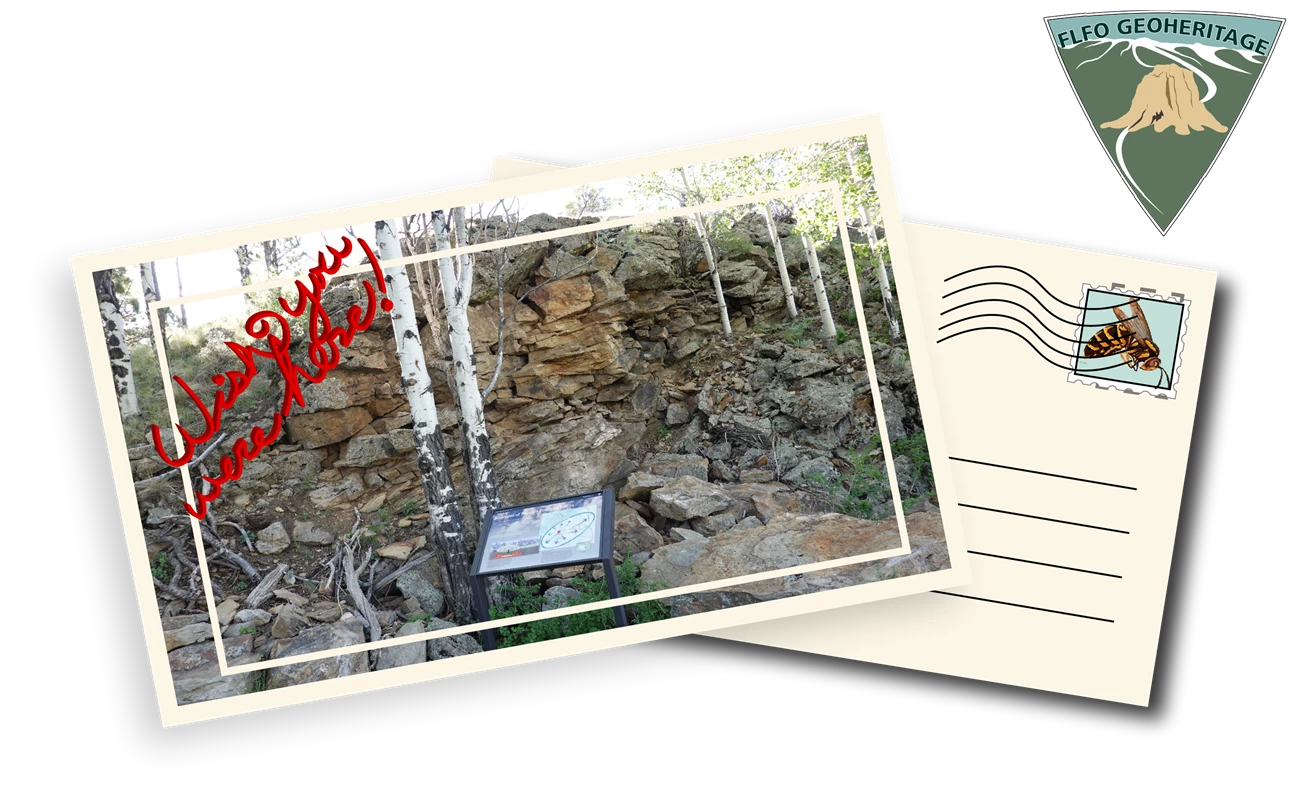
NPS: Herb Meyer Big BoomVolcanoes are not active in Colorado today, making it hard to imagine a superheated mass of volcanic gas and pumice sweeping through this area. But 37 million years ago, an eruption near modern-day Mount Princeton 50 miles west of here caused a massive volcanic hurricane called a pyroclastic flow. A devastating "cloud" raced across the landscape at 100 miles per hour, incinerating everything in its path. The outcrop of purple and pink rock that can be seen here is a remnant of the Wall Mountain Tuff that formed from that eruption. It was the first of many such eruptions in Colorado during the 15 million years that followed. 
Colorado Geological Survey, Larry Scott 
NPS; Michael Kelly; Bud Wobus and Christian Lockwood A Massive ExplosionAs the pyroclastic flow settled, minerals, pumice, ash, rock fragments, and glass were fused together by the heat to form this rock known as welded tuff. The caldera that formed the Wall Mountian Tuff was the first of many across southwest Colorado between 37 and 23 million years ago. All of these calderas produced eruptive clouds and formed welded tuffs similar to the one here. 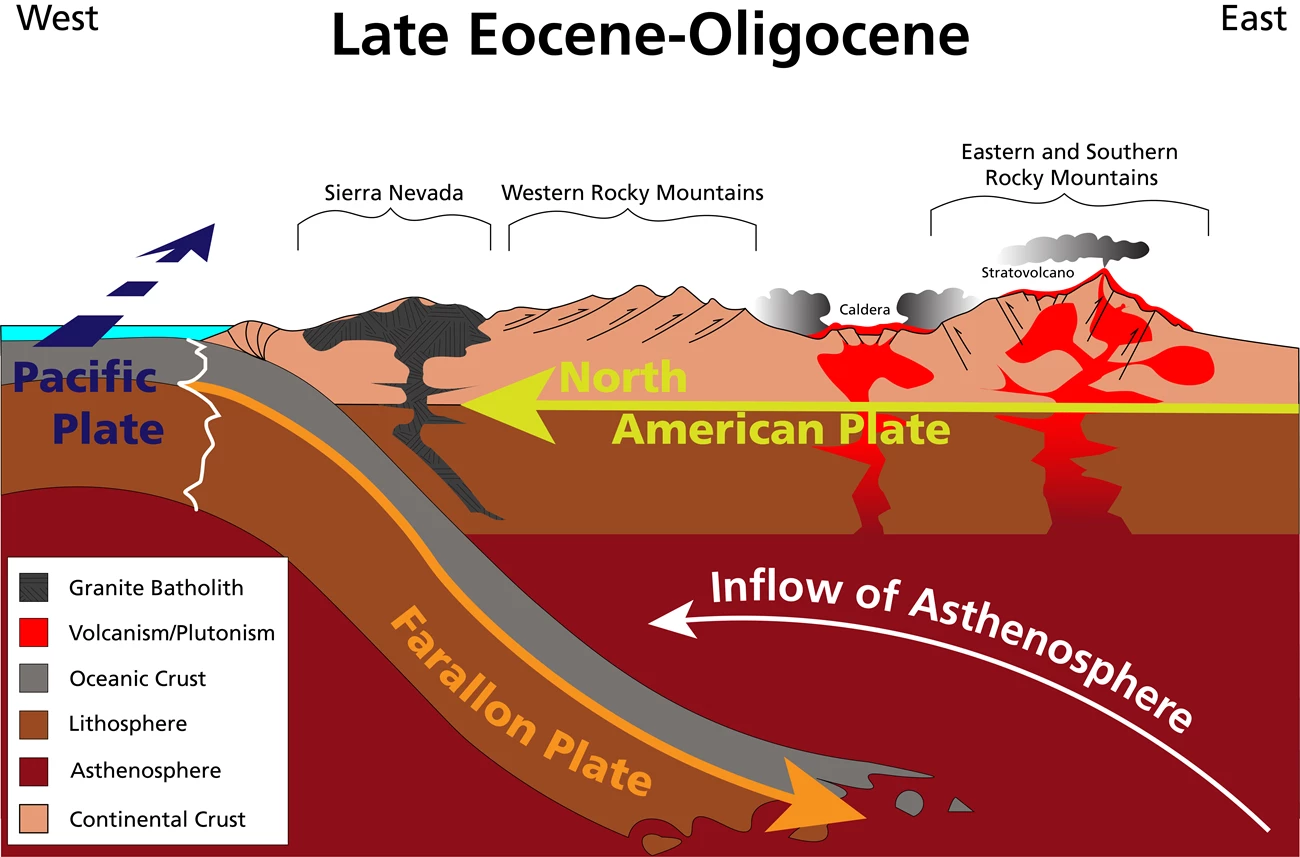
NPS/SIP Mariah Slovacek
Wall Mountain Tuff provided a source of rock that was well-suited for making stone tools. Archaeological artifacts found in the monument provide evidence that this rock was used as long as 8,000 years ago.
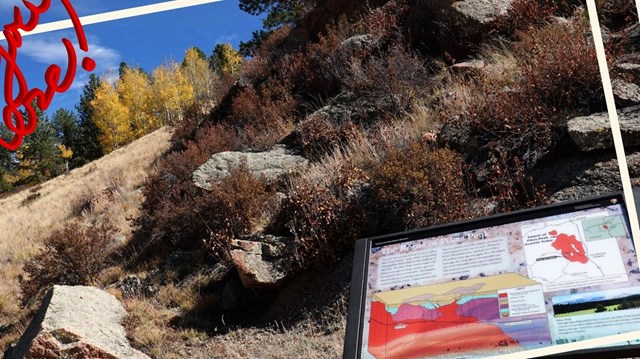
Stop 13: Root's of Pikes Peak
Click here to go to Stop 13. 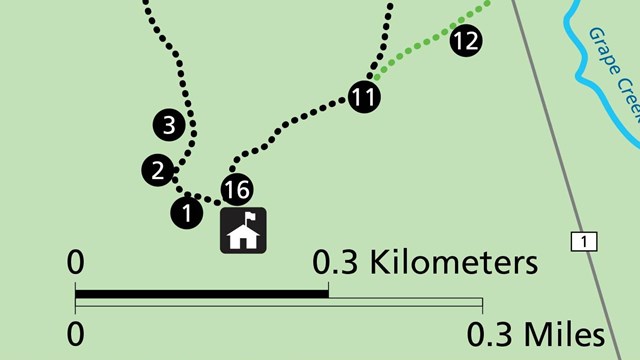
Virtual Tour Homepage
Explanation of the virtual tour and links to all stops. 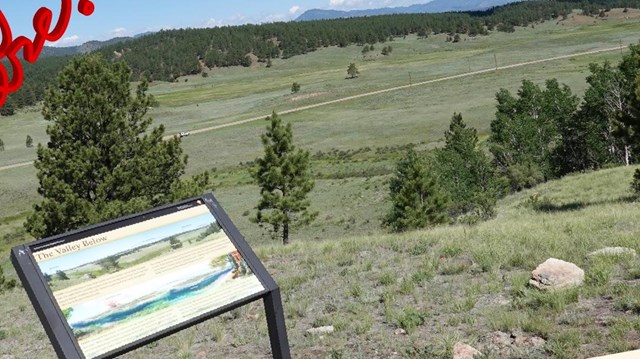
Stop 15: The Valley Overlook
Click here to go to Stop 15. |
Last updated: September 3, 2022
